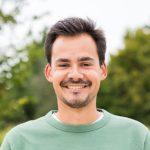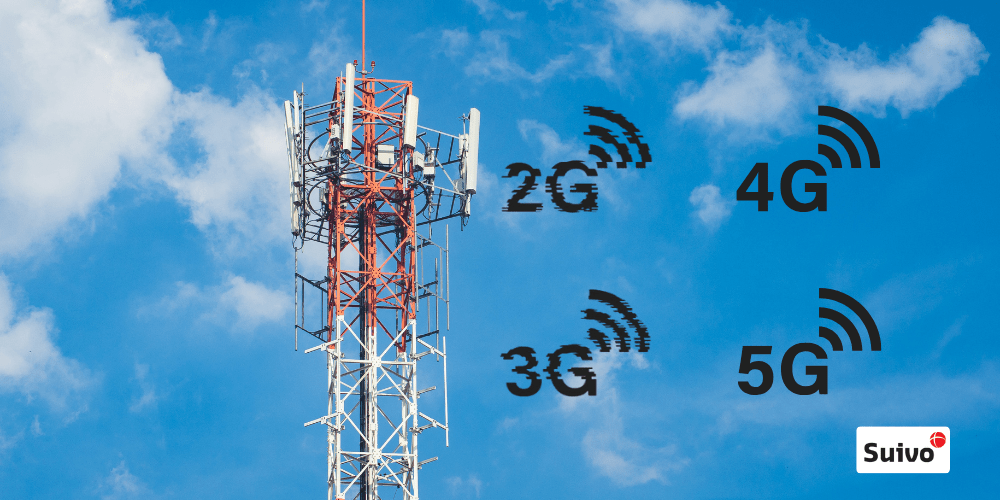Managing our waste. It’s definitely a thing. Sustainability is a hotly debated topic and from many angles, people are thinking about how to be smarter and more sustainable.
Waste Management – a comprehensive definition that makes sense to me: Waste Management involves the processes of waste collection, transportation, processing, as well as waste recycling or disposal. Sustainable waste management systems include advanced management strategies to minimize environmental challenges and protect resources. (Demirbas, 2011).
The city or community in charge of local waste policy
Among others in Belgium, the city (or intermunicipal company) is responsible for waste collection. The regulations for waste pick-up or collection are unique to each municipality. The city or municipality often calls on a waste processing or recycling company to do this.
An inter-communal association is an association of municipalities whose purpose is to accomplish tasks of common interest, especially in the areas of:
- waste collection and processing
- utilities (electricity, gas, water and cable distribution)
- social housing
- regional development.
Clean public spaces appeal to residents and tourists
Although campaigns have been running for years to sensitize every individual to deal more intelligently and responsibly with waste (or better yet, avoid it), waste management remains the responsibility of local governments.
It is more pleasant for residents and tourists to be in your city if you can keep public places such as streets, banks, parks, cemeteries, squares, …tidy. Of course, it is sometimes very complex to arrange, because there are a lot of places (bins and containers) that you have to constantly keep an eye on.
Fortunately, there are new technologies that simplify the process and keep the enormous cost of waste management under control. Great for residents and local authorities!
Automating waste management and optimizing waste collection is getting smarter by deploying IoT.
However, the waste management sector has traditionally been a “late adopter” of new technologies such as RFID (Radio Frequency Identification) tags, GPS and integrated software packages that enable better quality data to be collected. (Better quality than estimates or manual data entry.) This all knew a slow start, but in the meantime there is much more focus on available technologies balancing environmental impacts, affordability and technical feasibility.
Logistical challenge: Locating your waste containers
By equipping movable storage and waste containers with trackers, the location of each container becomes visible via IoT in a specialized SaaS platform (such as Suivo’s IoT Cloud Platform). It prevents containers from being unused somewhere for long periods of time.
The containers can be used more efficiently, but if you, as a city council, work with an external party that takes care of waste management, they are also able to bill more correctly.
Real-time insight into the location of containers means a huge leap in asset management and waste handling. The trackers record movements and make the locations visible. One requirement is that the trackers must function in all weather conditions. They must be able to take a punch.
Dynamic waste pickup
Even for fixed garbage cans, it is helpful to have visibility into how many times it is emptied or how full it is. Sensors in trash cans and containers also let you know if it is (almost) filled and (almost) needs to be emptied. So that can all be monitored remotely. That way you no longer have to predetermine pickup frequency. You can send the waste collectors only when it is really necessary. You save a lot of time, because you eliminate the sometimes unnecessary and manual checking of garbage cans on site that turn out to be empty or half-full on arrival. And no more bulging garbage cans either! Just calculate the savings for about 20,000 empties per month!
Plan more efficiently
The data collected also provides relevant information for scheduling your mobile workforce. If you use Suivo Scheduling, the planning can easily be created or automated. Based on that data combined with pre-selected criteria, you can even leave the scheduling to AI (artificial intelligence). The chance of human error is reduced and the planning process speeds up considerably.
The (route) planning is dynamic, so can still be easily changed even if your mobile workforce is already on the road. In-vehicle route optimization is possible. The driver (and companions) are informed of the route or task change via a tablet in the vehicle.
Clearly, the IoT solutions are also a leap forward for the Dispatching service.
Do you work at a local community, intermunicipal or a waste collector or processor? Contact us to further optimize your waste management.





